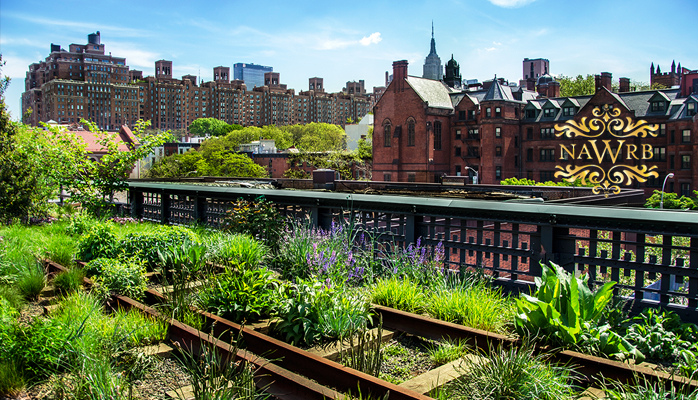The 37th Emerging Trends in Real Estate® published by Pricewaterhouse Coopers (PwC) and the Urban Land Institute (ULI) provides an in depth analysis of trends in real estate investments, development, finance, and issues across U.S.A. and Canada. Participants of the survey include private property owners or developers, real estate firms, investment managers, banks, and brokerages to provide information from different realms of the housing continuum. We focus on two aspects, the rising popularity of the suburbs and agriculture in the big cities.
About two decades ago, the ULI and PwC presented two distinct types of cities: the 9-5 type where local businesses follow the clock strictly and big metros that do not sleep. A new category emerged, 18-hour cities, incorporating the best of both worlds.
The 2016 forecast states that investment returns from these markets are on the rise; advancement in technology and an increased access to information help businesses thrive in these smaller urban areas. A maximum number of millennials (46 percent) dwell in cities and 37 percent desire to do so, increasing the prospects of investments in the numerous 18-hour cities nation-wide.
With living expenses on a constant rise, more individuals are starting to prefer suburban living. The study shows that 26 percent of the participants live in suburban areas and 27 percent desire to move to such locations. Among different age groups, the baby boomers lead the table with 30 percent living in the suburbs and with 29 percent, the millennials top the list of most people looking forward to move to the outskirts.
Rural or small towns paint a different picture, 37 percent of participants live in such areas and 42 percent desire to. The war/silent generation lead the chart with 49 percent making rural areas their home and 51 percent of baby boomers look forward to living in small towns. It is also interesting to note that only 27 percent of millennials live in or around the downtown areas, while 73 percent prefer neighborhoods away from the crowd.
Just as more people are moving to the suburbs, you might start seeing more produce being grown in the hearts of big cities. The study shows that there are many urban areas where land is reasonably priced, median incomes are low and the need for fresh food is high. Cities like Brooklyn, Chicago, and Washington, D.C. have shown a tremendous increase in urban agriculture. For instance, an urban agriculture company in New York produces over 300 tons of vegetables annually, while another in Chicago produces about one million pounds of greens and herbs.
An old steel factory in Newark will soon become the “world’s largest vertical farm” spread over 69,000 square foot. AeroFarms, an urban agriculture company, plans to incorporate a style of modern agriculture where plants are grown on plant beds stacked one above the other, unlike the traditional horizontal placement.
With such interesting trends ushering the New Year, we are waiting with bated breath to see how 2016 pans out for everyone in the real estate industry.

 Login
Login

